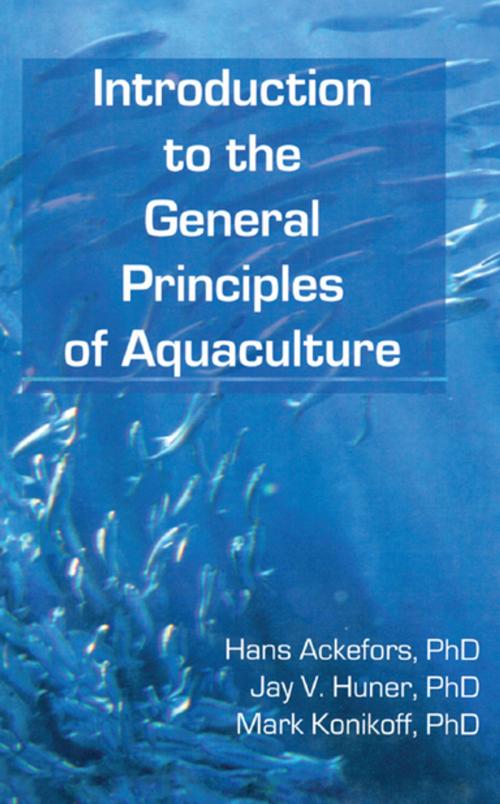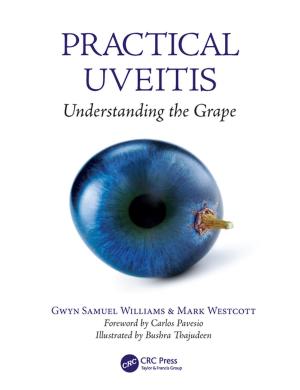Introduction to the General Principles of Aquaculture
Nonfiction, Science & Nature, Science, Biological Sciences, Marine Biology| Author: | Mark Konikoff | ISBN: | 9781351436489 |
| Publisher: | CRC Press | Publication: | December 6, 2017 |
| Imprint: | Routledge | Language: | English |
| Author: | Mark Konikoff |
| ISBN: | 9781351436489 |
| Publisher: | CRC Press |
| Publication: | December 6, 2017 |
| Imprint: | Routledge |
| Language: | English |
Introduction to the General Principles of Aquaculture provides novice aquaculturists with an overview of the aquaculture industry so you may proceed successfully in academic studies or commercial ventures. The authors furnish you with insight into the history and development of aquaculture and cover the subjects of natural production versus aquaculture, the aquatic environment, energy requirements of and relationships in aquaculture systems, important components of aquaculture systems, selection of aquaculture species, major cultured species and their distribution, global aquaculture production, a comparison of agriculture and aquaculture, and those factors promoting and constraining aquaculture. The book is liberally illustrated so that students and laymen are able to visualize systems and species. Furthermore, tables and figures are used throughout to emphasize important points, facts, and methods.
As an introductory text, it emphasizes several aspects of aquaculture that must be understood by those new to the industry. These aspects include water quality, species of importance around the world, and current and projected aquaculture production on a global basis. The important components of any aquaculture system are also covered in some detail--biological factors, technical-biological factors, technical-economic factors, production cost factors, socioeconomic factors, and species selection factors.
Laypersons considering aquaculture as an investment and students considering aquaculture as a career, but who have no real background in agriculture and fisheries sciences,will find this book to be a key information source. Introduction to the General Principles of Aquaculture is written with the global market in mind and instructors will find it to be a useful introductory text at the undergraduate level. Persons in advisory capacities such as County Extension Agents, extension service specialists and bureaucrats in various arms of government who hav
Introduction to the General Principles of Aquaculture provides novice aquaculturists with an overview of the aquaculture industry so you may proceed successfully in academic studies or commercial ventures. The authors furnish you with insight into the history and development of aquaculture and cover the subjects of natural production versus aquaculture, the aquatic environment, energy requirements of and relationships in aquaculture systems, important components of aquaculture systems, selection of aquaculture species, major cultured species and their distribution, global aquaculture production, a comparison of agriculture and aquaculture, and those factors promoting and constraining aquaculture. The book is liberally illustrated so that students and laymen are able to visualize systems and species. Furthermore, tables and figures are used throughout to emphasize important points, facts, and methods.
As an introductory text, it emphasizes several aspects of aquaculture that must be understood by those new to the industry. These aspects include water quality, species of importance around the world, and current and projected aquaculture production on a global basis. The important components of any aquaculture system are also covered in some detail--biological factors, technical-biological factors, technical-economic factors, production cost factors, socioeconomic factors, and species selection factors.
Laypersons considering aquaculture as an investment and students considering aquaculture as a career, but who have no real background in agriculture and fisheries sciences,will find this book to be a key information source. Introduction to the General Principles of Aquaculture is written with the global market in mind and instructors will find it to be a useful introductory text at the undergraduate level. Persons in advisory capacities such as County Extension Agents, extension service specialists and bureaucrats in various arms of government who hav















